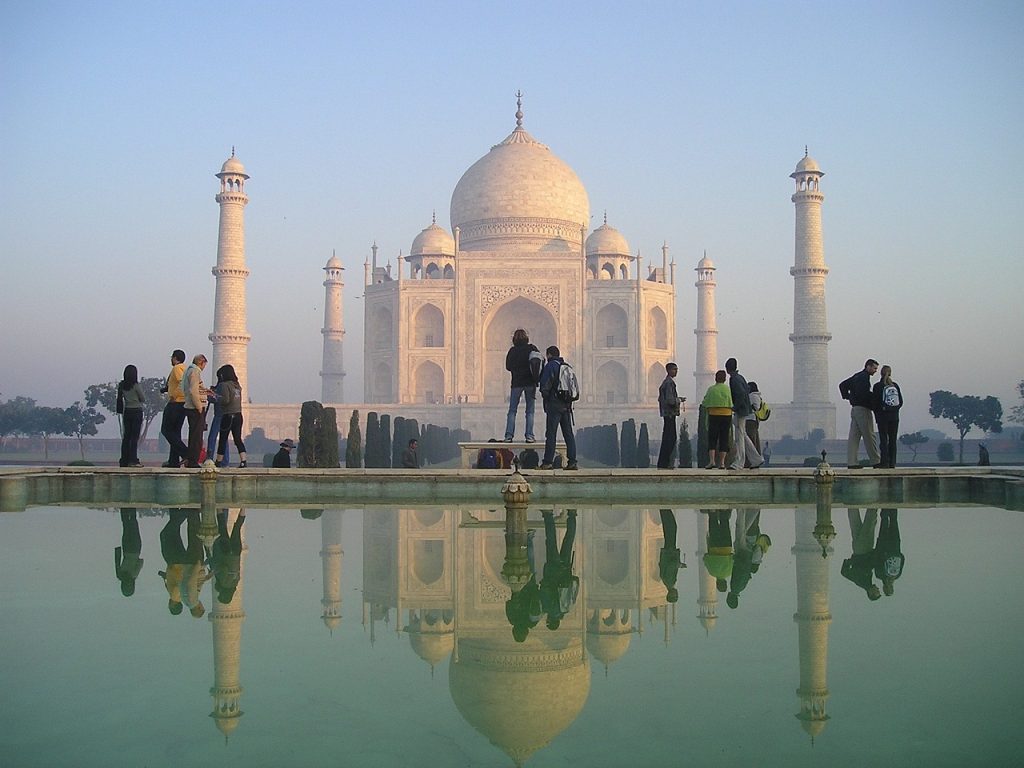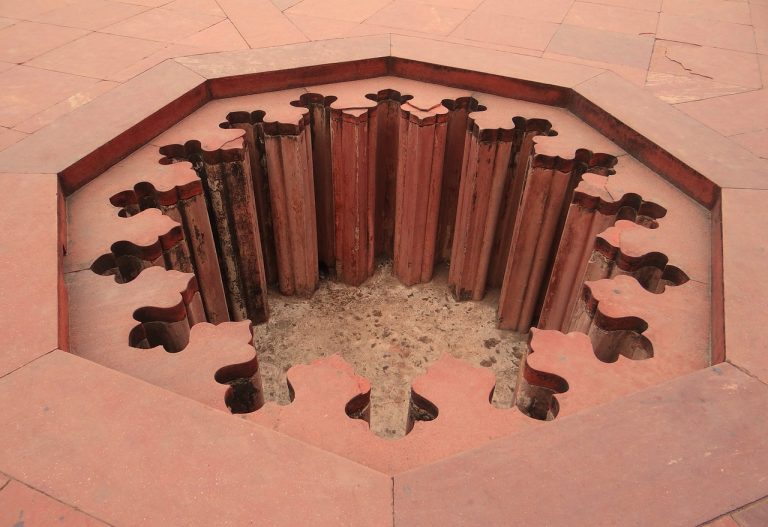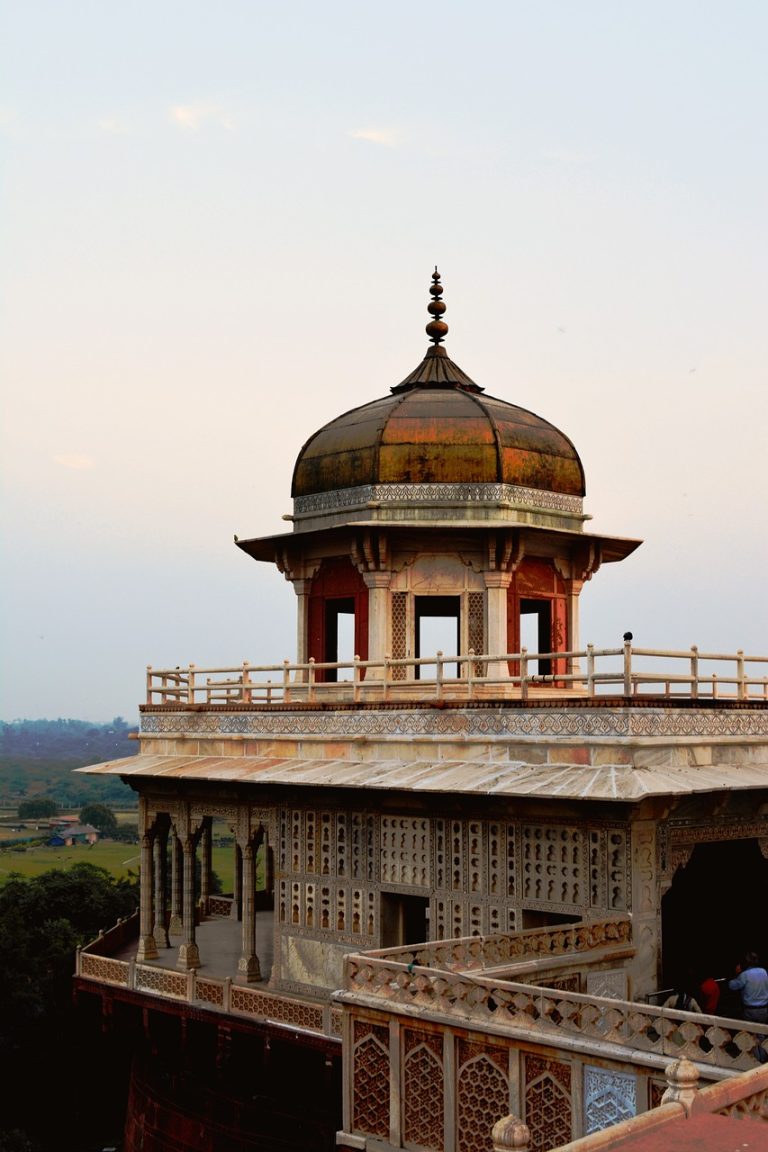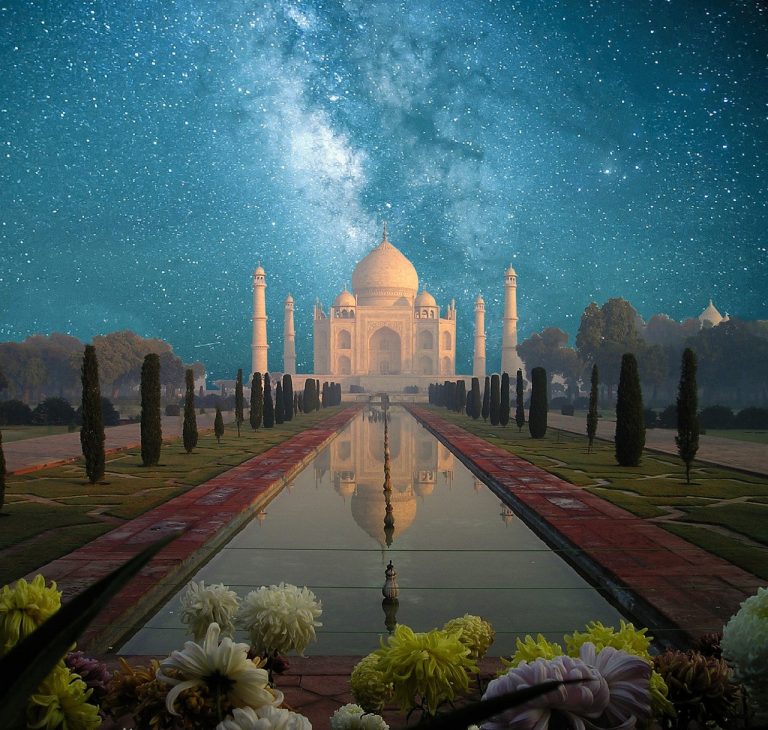Agra India Video
Local Myths of Agra, India
Agra, a city located in the northern Indian state of Uttar Pradesh, is steeped in history and culture. Known for its magnificent Mughal-era architecture, including the iconic Taj Mahal, Agra also holds a rich tapestry of local myths and legends. These tales have been passed down through generations, adding an air of mystery and intrigue to the city’s already captivating allure. In this article, we will explore some of the fascinating myths and legends that have become an integral part of Agra’s cultural heritage.
The Legend of the Taj Mahal
The Taj Mahal, one of the Seven Wonders of the World, is not only a symbol of love but also the subject of a captivating local legend. According to popular belief, Emperor Shah Jahan, who commissioned the construction of the Taj Mahal as a mausoleum for his beloved wife Mumtaz Mahal, intended to build an identical black marble mausoleum across the Yamuna River. This black Taj Mahal would serve as his own final resting place. However, the emperor’s plans were thwarted by his son Aurangzeb, who imprisoned Shah Jahan and prevented the completion of the black Taj Mahal. Although historical evidence does not support this legend, it adds an intriguing layer to the story of the Taj Mahal.
- Keywords: Taj Mahal, legend, love, Emperor Shah Jahan, Mumtaz Mahal, black Taj Mahal, Yamuna River, Aurangzeb
- In reality, the Taj Mahal stands as a magnificent testament to love and architectural brilliance. The white marble structure, with its intricate carvings and symmetrical gardens, continues to mesmerize visitors from around the world.
- While the black Taj Mahal remains a legend, the story adds a touch of mystique to the already enchanting narrative surrounding this UNESCO World Heritage Site.
- The Taj Mahal’s ethereal beauty at sunrise and sunset is a sight to behold, casting a spell on all who witness its grandeur.
- Visitors can explore the Taj Mahal complex, which includes the main mausoleum, gardens, and other structures that contribute to the architectural magnificence of the site.
Agra India Image 1: 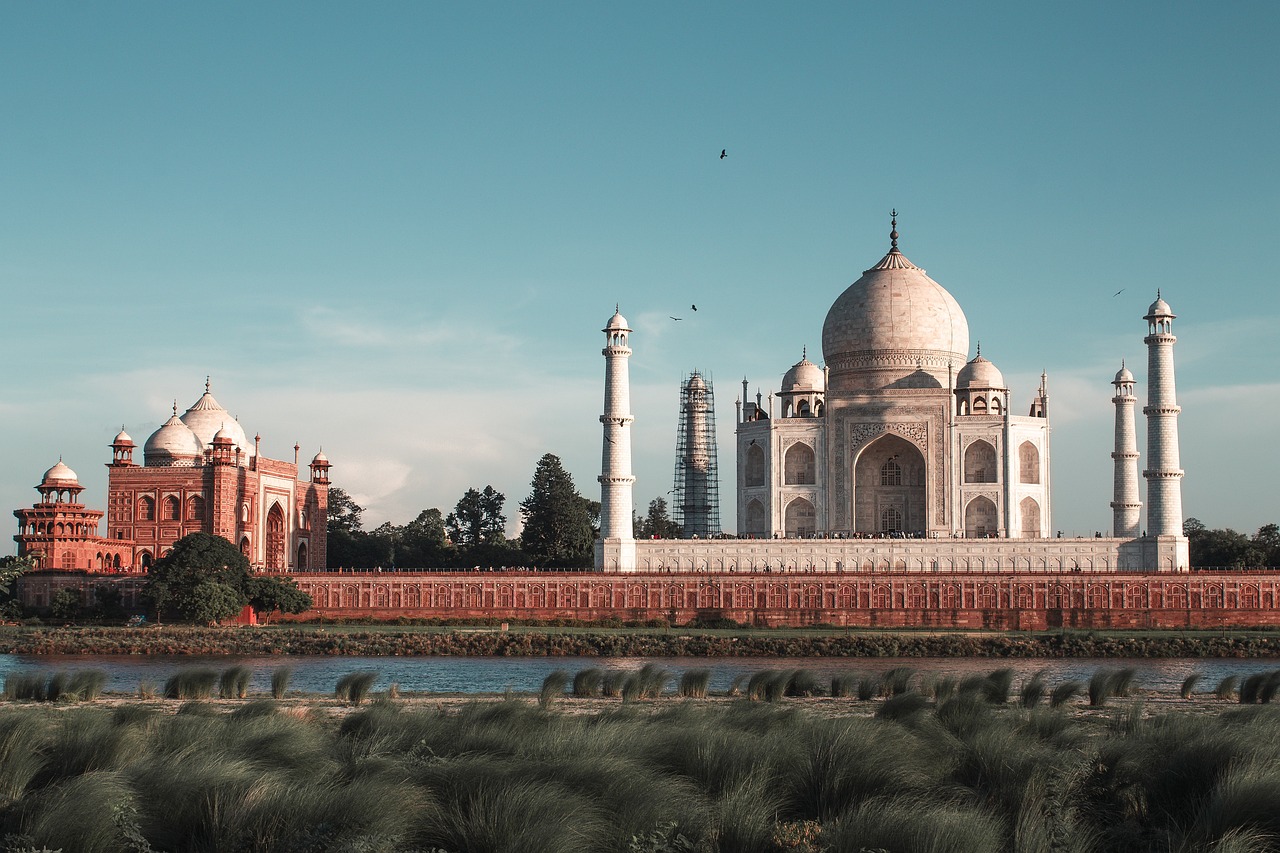
The Curse of the Koh-i-Noor Diamond
The Koh-i-Noor Diamond, now part of the British Crown Jewels, has a storied past intertwined with Agra. Legend has it that the diamond carries a curse, bringing misfortune and tragedy to any man who possesses it. The curse is said to have originated when the diamond was stolen from a Hindu temple in Agra during the Mughal era. Since then, the diamond has exchanged hands among various rulers and empires, each facing calamity and downfall. Today, the Koh-i-Noor Diamond is displayed in the Tower of London, where it continues to captivate visitors with its beauty and mysterious history.
- Keywords: Koh-i-Noor Diamond, curse, misfortune, tragedy, Hindu temple, Mughal era, Tower of London
- While the curse surrounding the Koh-i-Noor Diamond is a legend, its tumultuous journey throughout history adds an aura of intrigue to the gemstone.
- The diamond’s exquisite craftsmanship and brilliance make it a symbol of power and prestige, but its alleged curse has cast a shadow on its allure.
- Visitors to the Tower of London can marvel at the Koh-i-Noor Diamond, appreciating its historical significance and admiring its sheer beauty.
The Legend of Akbar’s Fort
Agra Fort, also known as Akbar’s Fort, is another architectural marvel that holds its own share of myths and legends. According to local folklore, Emperor Akbar, the great Mughal ruler, had a secret underground tunnel connecting Agra Fort to Fatehpur Sikri, his abandoned capital city. This tunnel is believed to have served as a means for the emperor to escape in times of danger or to conduct secret meetings. While historians have not found concrete evidence of such a tunnel, the legend adds an element of mystery to the grandeur of Agra Fort.
- Keywords: Agra Fort, Akbar’s Fort, legend, Emperor Akbar, underground tunnel, Fatehpur Sikri, Mughal ruler
- Agra Fort stands as a testament to the architectural brilliance of the Mughal Empire and offers visitors a glimpse into the grandeur of the past.
- With its imposing red sandstone walls and intricate palaces, Agra Fort showcases the opulence and power of the Mughal rulers.
- Exploring the fort’s various sections, including the Diwan-i-Am (Hall of Public Audience) and Diwan-i-Khas (Hall of Private Audience), provides insights into the Mughal court and administration.
- While the underground tunnel remains a legend, it sparks the imagination and invites visitors to envision the secrets that may lie beneath the architectural masterpiece.
Agra India Image 2: 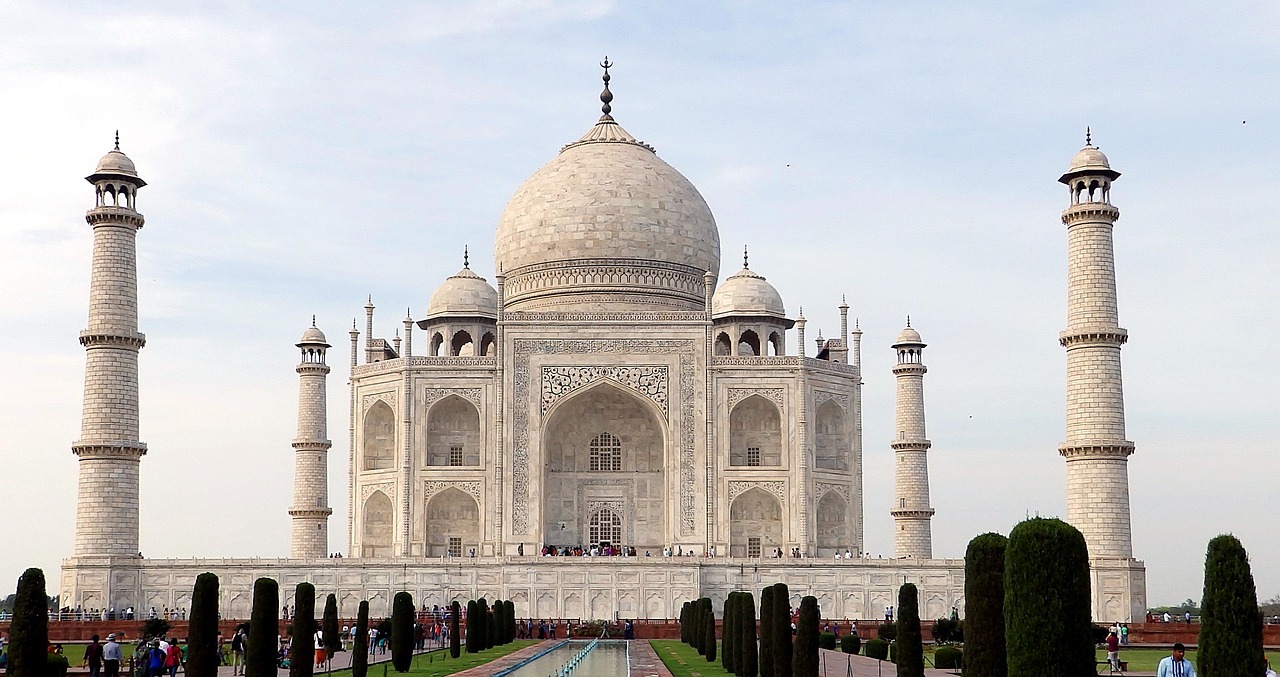
The Story of Emperor Jahangir’s Tomb
Emperor Jahangir’s Tomb, located in Agra’s Sikandra area, is believed to be the final resting place of the Mughal emperor. According to local folklore, the emperor himself chose the location and designed the tomb during his lifetime. The story goes that Emperor Jahangir once dreamt of a beautiful garden with a tomb, and he was so enchanted by the dream that he decided to build his own mausoleum at the envisioned spot. Today, visitors can explore the intricately carved marble tomb and the surrounding garden, marveling at the artistic vision of Emperor Jahangir.
- Keywords: Emperor Jahangir’s Tomb, Sikandra, legend, Mughal emperor, tomb, dream, mausoleum
- The tomb of Emperor Jahangir stands as a testament to his artistic sensibilities and serves as a reminder of his contributions to the Mughal Empire.
- The intricate marble carvings and Persian inscriptions on the tomb walls reflect the rich cultural heritage of the Mughal era.
- The surrounding garden, known as Char Bagh, adds to the serenity and beauty of the tomb complex, inviting visitors to take a peaceful stroll amidst lush greenery.
- While the dream that inspired Emperor Jahangir’s tomb remains a legend, it adds a touch of romance and mysticism to the site.
The Legend of Itimad-ud-Daulah’s Tomb
Itimad-ud-Daulah’s Tomb, also known as the Baby Taj, is a mausoleum that pays homage to Mirza Ghiyas Beg, the grandfather of Mumtaz Mahal. According to local legends, the construction of this tomb served as inspiration for the later construction of the Taj Mahal. It is believed that Emperor Jahangir’s wife, Nur Jahan, commissioned the mausoleum to honor her father’s memory. The intricate marble lattice work and delicate inlay designs of Itimad-ud-Daulah’s Tomb showcase the exquisite craftsmanship that would later find its pinnacle in the Taj Mahal.
- Keywords: Itimad-ud-Daulah’s Tomb, Baby Taj, legend, Mirza Ghiyas Beg, Mumtaz Mahal, Nur Jahan, mausoleum, Taj Mahal
- Itimad-ud-Daulah’s Tomb stands as a testament to the artistic prowess of the Mughal Empire and offers a glimpse into the architectural influences that shaped the Taj Mahal.
- The delicate marble carvings and intricate details of the tomb’s facade and interior reflect the refinement and elegance of Mughal architecture.
- Visitors to Itimad-ud-Daulah’s Tomb can appreciate the craftsmanship and historical significance of the site, which holds a special place in Agra’s cultural heritage.
Agra India Image 3: 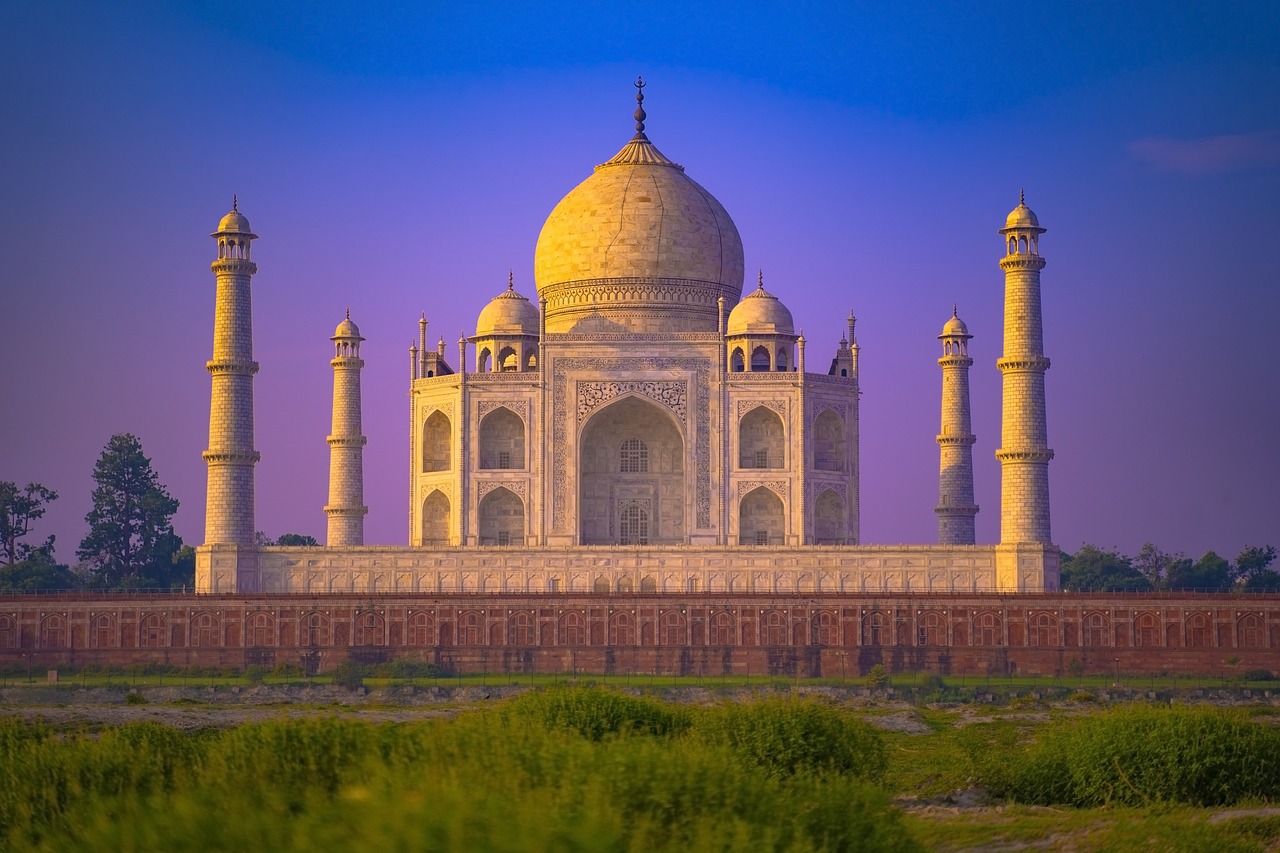
The Mystical Tale of Akbar’s Well
Akbar’s Well, located in the village of Abhaneri near Agra, is a fascinating architectural marvel with its unique step-well design. According to local folklore, Emperor Akbar himself ordered the construction of the well to provide water to the arid region during times of drought. It is said that Akbar wanted to ensure the well’s water remained pure and free from contamination. To achieve this, he had the well built with narrow passages and intricate designs to prevent dust and debris from entering the water. Today, visitors can admire the grandeur of Akbar’s Well and marvel at the ingenuity of its design.
- Keywords: Akbar’s Well, Abhaneri, legend, Emperor Akbar, step-well, water, drought, design
- Akbar’s Well stands as a testament to the engineering brilliance of the Mughal era and the emperor’s commitment to providing for his people.
- The step-well’s intricate carvings and architectural details reflect the artistic sensibilities of the time and showcase the grandeur of Mughal architecture.
- Exploring the well’s depths and intricate passages offers a glimpse into the engineering marvels of the past and highlights the importance of water management in arid regions.
The Legend of Jodha Bai’s Palace
Jodha Bai’s Palace, located within the complex of Fatehpur Sikri near Agra, is believed to have been the residence of Jodha Bai, Emperor Akbar’s Rajput wife. According to local legends, the palace was designed to blend elements of Rajput and Mughal architecture, symbolizing the union of the two cultures. It is said that Jodha Bai played a significant role in fostering cultural harmony within the Mughal court. Today, visitors can explore the palace’s intricately carved sandstone structures and experience the fusion of architectural styles.
- Keywords: Jodha Bai’s Palace, Fatehpur Sikri, legend, Jodha Bai, Emperor Akbar, Rajput, Mughal architecture
- Jodha Bai’s Palace stands as a testament to the cultural synthesis that characterized the Mughal Empire, blending elements of Rajput and Mughal architectural styles.
- The palace’s ornate sandstone facades, intricate jali screens, and spacious courtyards reflect the opulence and grandeur of the Mughal era.
- Exploring the palace complex allows visitors to step back in time and imagine the vibrant life of the Mughal court.
The Tale of the Mysterious Akbari Masjid
Akbari Masjid, located within the premises of Agra Fort, is shrouded in mystery and intrigue. According to local folklore, Emperor Akbar had a secret underground passage built from the mosque to his palace, allowing him to attend prayers without being noticed. The mosque itself is known for its beautiful architecture, with intricate carvings and a grand central dome. While the existence of the secret passage remains a mystery, the Akbari Masjid stands as a testament to the religious tolerance and architectural brilliance of the Mughal Empire.
- Keywords: Akbari Masjid, Agra Fort, legend, Emperor Akbar, underground passage, mosque, architecture, religious tolerance
- Akbari Masjid showcases the architectural finesse of the Mughal era and offers a serene place of worship within the fort complex.
- The mosque’s intricate carvings and grand dome reflect the artistic sensibilities and attention to detail that characterized Mughal architecture.
- Visitors can soak in the peaceful ambiance of the mosque and appreciate its historical significance as a place of prayer for the Mughal rulers.
The Legend of the Ghosts of Bhangarh Fort
While not directly in Agra, the nearby Bhangarh Fort holds a captivating legend that has become part of the region’s folklore. Bhangarh Fort, located in Rajasthan, is believed to be haunted, making it one of the most famous haunted places in India. According to local legends, a curse was placed on the fort, leading to its abandonment and the apparition of ghosts. It is said that anyone who enters the fort after sunset will never return. Despite its eerie reputation, Bhangarh Fort attracts visitors who are intrigued by its mysterious aura.
- Keywords: Bhangarh Fort, legend, haunted, curse, ghosts, Rajasthan
- B

